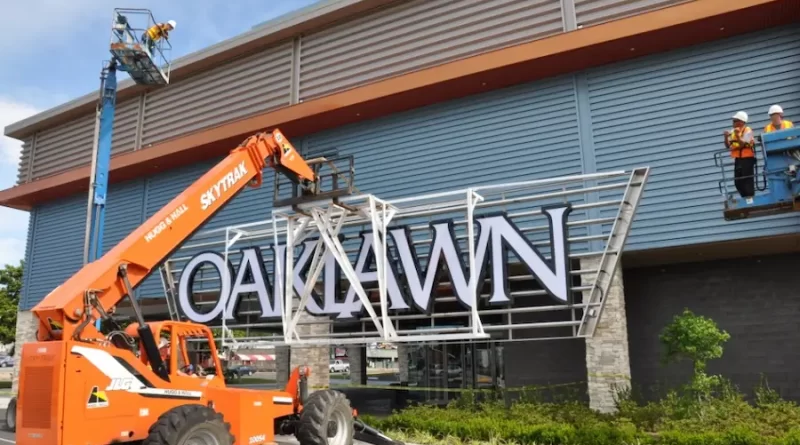7 Tips To Optimize The Performance Of Your Telehandlers
Measuring the performance of a telescopic handler is easier said than done. With construction equipment like backhoe-loaders and excavators, you measure the output by quantifying how much dirt and debris the machine is moving per gallon of fuel or how fast it is digging a trench in the ground.
However, it is essential to calculate the performance of all mission-critical equipment and find ways to optimize the performance even more. Like all other heavy machinery, the first step in optimizing a telehandler service is to select the suitable machine for the right job.
What Are Telehandlers?
A telescopic handler or telehandler is lifting equipment functioning on hydraulic systems. It is primarily used in farming, agriculture, and the construction industry. Telehandlers are versatile hybrid machines that efficiently combine a forklift’s lifting capabilities and a crane’s range.
The telescopic booms of these units can be fitted with a wide range of attachments to perform various functions.
How To Optimize The Performance Of Telehandlers?

The process of enhancing the performance of telehandlers starts much before the actual operation. Here are some pre-operation tips to improve telehandler performance and efficiency:
The Right Training
The importance of proper equipment handling training is indispensable. The right training includes theoretical knowledge about the machine and hands-on operational training. The operator must know all the nitty-gritty of handling a telescopic handler and have sufficient general knowledge of heavy equipment maintenance. Operating the equipment safely and adequately would help you enhance its performance significantly.
Security And Safety Regulations
The Australian government is quite serious about workplace safety and thus has laid down several standards to maintain a secure working environment. Here are some of the key legislations for the design, manufacture, distribution, purchase, and operation of telehandlers in Australia that you must follow to avoid legal liability:
- Safety Acts and Regulations
- Workplace/Occupational Health Safety
- Australian Standard AS10896.1:2019 covers the operational requirements, testing, and design of telescopic handlers, which also includes:
- Yearly inspections
- Telehandler 10 year inspection
- Maintenance manuals and history
- Operation and maintenance log books
- Operating instructions
Workplace Condition Assessment
Before you move the telehandler to the job site, you must conduct a thorough workplace hazard assessment to identify risks and threats that can hamper the machine’s performance. Hazards like uneven slopes, overhead cables or structures, and massive potholes might bring down the telehandler’s performance level and compromise the workers’ safety on site.
Testing And Inspection
Before starting the operations, conducting a second round of thorough inspection of the telehandler is recommended to identify and resolve issues. Experts also advise carrying out these routine inspections before every shift to maintain the machine in its top condition and minimize the chances of wear and tear during the project.
Load Information
The weight of the materials that need lifting plays a significant role in selecting the right telehandler. Not all telescopic handlers can carry all kinds of loads or materials.
You must ensure that the centre of gravity and the weight of the load must not exceed the recommended limits in the manual. Going over the limits destabilizes the machine compromising the safety of the operator and everyone working in the vicinity. It will also damage the equipment, severely affecting optimum performance.
Pay Attention To The Stability Triangle
The stability triangle combines the centre of gravity and the load the telehandler is lifting. You will only get optimum performance from the machine when the combination of these two is within the recommended stability triangle range. Here are some ways to remain within the triangle:
- Drive the engine at a safe speed
- Stay within the recommended load limits
- Keep the chassis levelled while handling the load
- Keep the load and the boom as low as possible while moving
- If you are working on an elevated road, try not to use the sway features
Operator Safety
The operator must always wear the helmet and seatbelt while handling the telescopic handler. They must adjust the seat in the cab to stay comfortable while reaching all mirrors and controls easily. Make sure the mirrors are adjusted at an angle that offers maximum visibility. These tips will help the operator drive the machine perfectly, helping prevent accidents and damage.
The Bottomline
While heavy equipment maintenance and inspections are a sure-shot way of improving telehandler performance, you must also pay attention to how it is operated and handled during projects. Hopefully, these tips will help you optimize the performance and get desired results from the telescopic handler.

